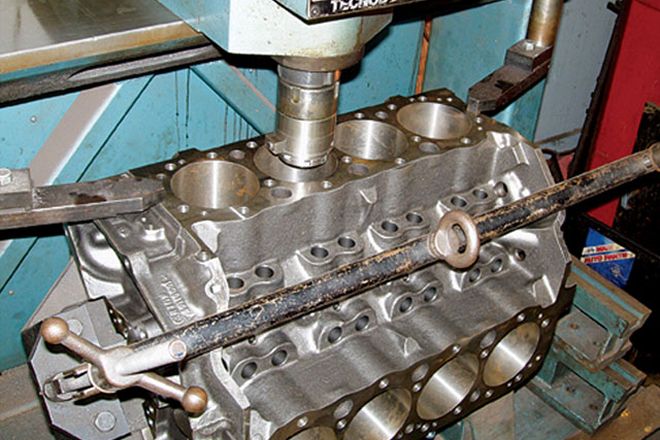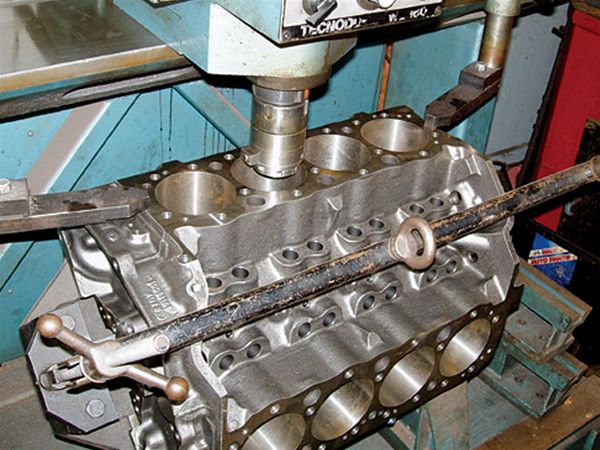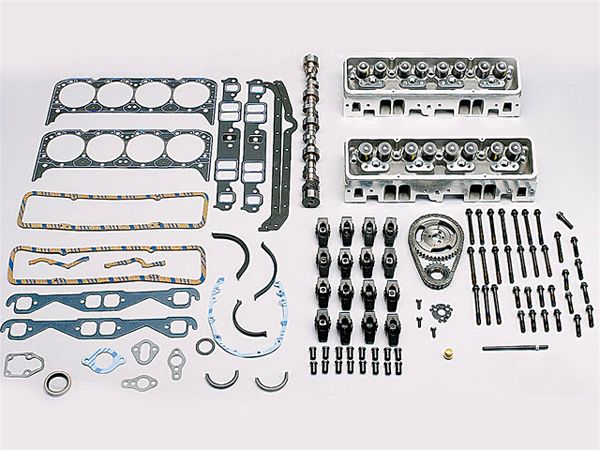

If you've followed along from the beginning, you already know about our sinister plans to install our subject 383 V-8 into the heart of the "SuperBurb" project rig. (For those of you new to these pages, please refer to www.fourwheeler.com for a little background on the project.) Our goal here is to turn upwards of 6,500 rpm and produce right around 500 rear-wheel horsepower. To do this, we started with a GM Performance Sportsman block. To provide air and fuel to this beast, we needed a pair of high-flowing heads. After much discussion with builders, hot rodders, and pro-racers, we narrowed our search down to just a handful of manufacturers. Eventually the racer-oriented industry mainstay Trick Flow was our favored choice for a pair of high-performance 195cc aluminum heads. Trick Flow is a leading producer of race-quality top-end kits and individual engine componentry.
In this segment, we're going to showcase the heads and some tricks for making them work better, as well as addressing the cam and fuel-injection system we plan to use to feed the mill. Read on and check out the latest round of goods Stover picked for the buildup and why.

While we decided to go with the a'la carte method on our stroker buildup, there is a much easier way to source parts for a balanced engine. Trick Flow offers complete top-end kits that take the guesswork out of the whole process. Each kit comes with heads, a camshaft, a timing set, rockers arms, springs, pushrods, gaskets, seals, fasteners, and more. The best part of these kits is that all the components are matched and ready to run, saving you time and money. Check out www.trickflow.com to learn more.












